When the sun sets in Milan, the city doesn’t sleep-it switches modes. The same streets that buzz with fashion shows by day turn into pulsing corridors of music, cocktails, and laughter by night. This isn’t just a city with a nightlife scene. It’s a city that lives for it.
Where the Crowd Goes After Midnight
Milan’s nightlife isn’t one thing. It’s a chain of experiences, each with its own rhythm. Start with an aperitivo in Navigli, then move to a basement club in Brera, and end up dancing until sunrise in Porta Venezia. There’s no single spot that defines it. The magic is in the journey.
Start your night in Navigli. This canal-side district feels like a hidden village inside the city. By 8 p.m., the terraces are packed with locals sipping Aperol Spritz and nibbling on small plates. But don’t mistake it for a tourist trap. The real secret? Go past 11 p.m. That’s when the music kicks up. La Zisa is a converted warehouse with industrial lights, vinyl-only playlists, and a crowd that knows exactly what they’re there for. No VIP sections. No cover charge before midnight. Just good beats and zero pretense.
Brera: Where the Intellectuals Dance
Brera is where Milan’s artists, designers, and writers unwind. It’s quieter than Navigli, but deeper. The bars here don’t shout-they whisper. Bar Basso is the birthplace of the Negroni Sbagliato, a cocktail that accidentally became iconic when a bartender used prosecco instead of gin in 1968. It’s tiny. You’ll stand. You’ll wait. But when you get that first sip, you’ll understand why it’s still packed 55 years later.
For something newer, head to Il Gatto Nero is a hidden speakeasy behind a bookshelf in a quiet alley. You need to text a number to get the password. Inside, cocktails are made with house-infused spirits and served with dry ice and live jazz. It’s not for everyone. But if you want a night that feels like a secret you stumbled into, this is it.
Porta Venezia: The Party Heartbeat
If you want to dance until the sun rises, go to Porta Venezia. This district is Milan’s answer to Berlin’s techno scene. The clubs here are loud, raw, and unapologetic. Magazzini Generali is a massive warehouse space that hosts international DJs every weekend. The sound system is built by Italian engineers who specialize in club acoustics. Bass hits like a physical force. Entry is €15 after 1 a.m. You’ll see people in designer dresses next to guys in hoodies. No dress code. Just respect the music.
Across the street, La Scala Club is a former opera house turned underground party spot. The ceiling still has its original gold moldings. The dance floor is concrete. The DJs spin everything from house to experimental techno. It’s not glamorous. But it’s real.
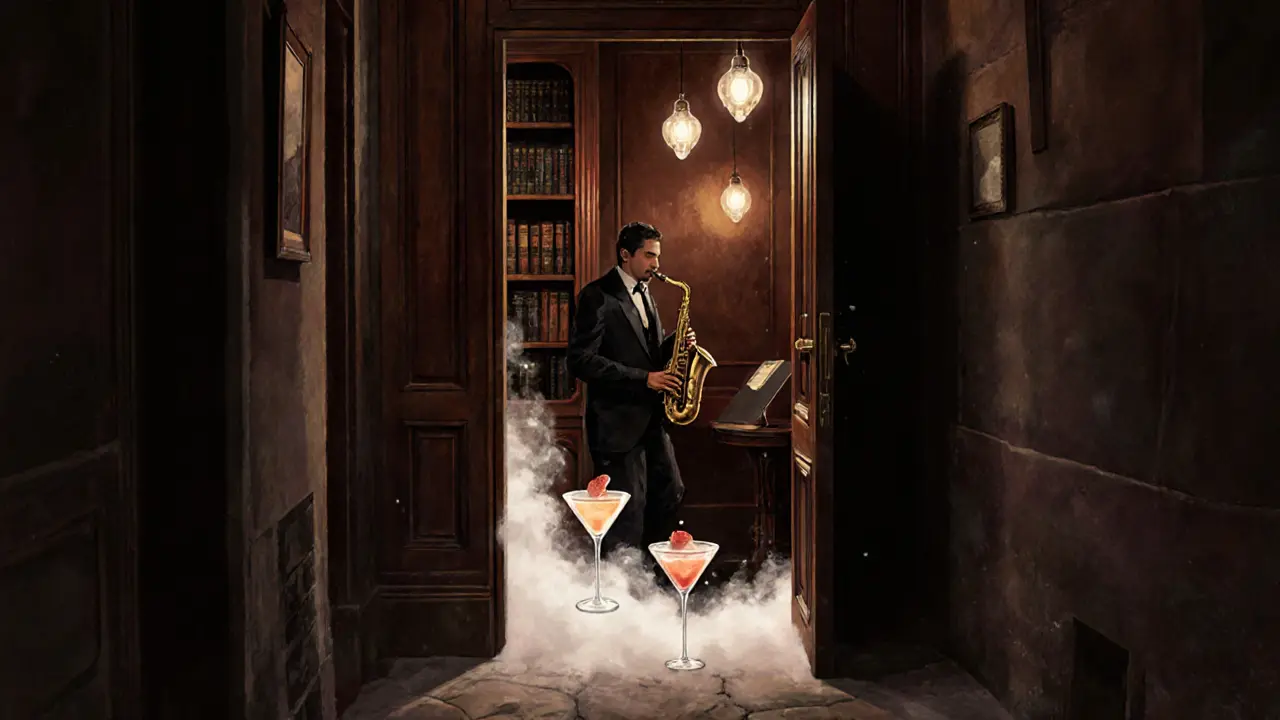
Corso Como: Style Meets Substance
If you want to see Milan’s elite, head to Corso Como. This isn’t a place for cheap drinks or loud crowds. It’s a lifestyle. Corso Como 10 is a multi-level venue that blends a restaurant, bar, and club. By 10 p.m., it’s filled with models, architects, and entrepreneurs. The playlist shifts from jazz to deep house as the night goes on. The cocktails are expensive-€22 for a gin and tonic-but they’re made with rare botanicals and served in hand-blown glass.
Don’t expect to just walk in after midnight. The bouncer checks your vibe as much as your ID. If you’re dressed like you just left the office, you might get turned away. But if you’ve got style and confidence? You’ll be in.
What to Avoid
Not every place with a neon sign is worth your time. Stay away from the tourist traps near Duomo. Places like Bar della Musica or Club 33 charge €40 for a drink that costs €5 in Navigli. They play Top 40 hits on loop and pack in groups of tourists who’ve never been to Milan before.
Also skip the clubs that advertise "VIP tables" with Instagram influencers. These places are designed for photo ops, not music. You’ll pay €200 for a bottle of prosecco and spend the whole night waiting for your table to be cleared.
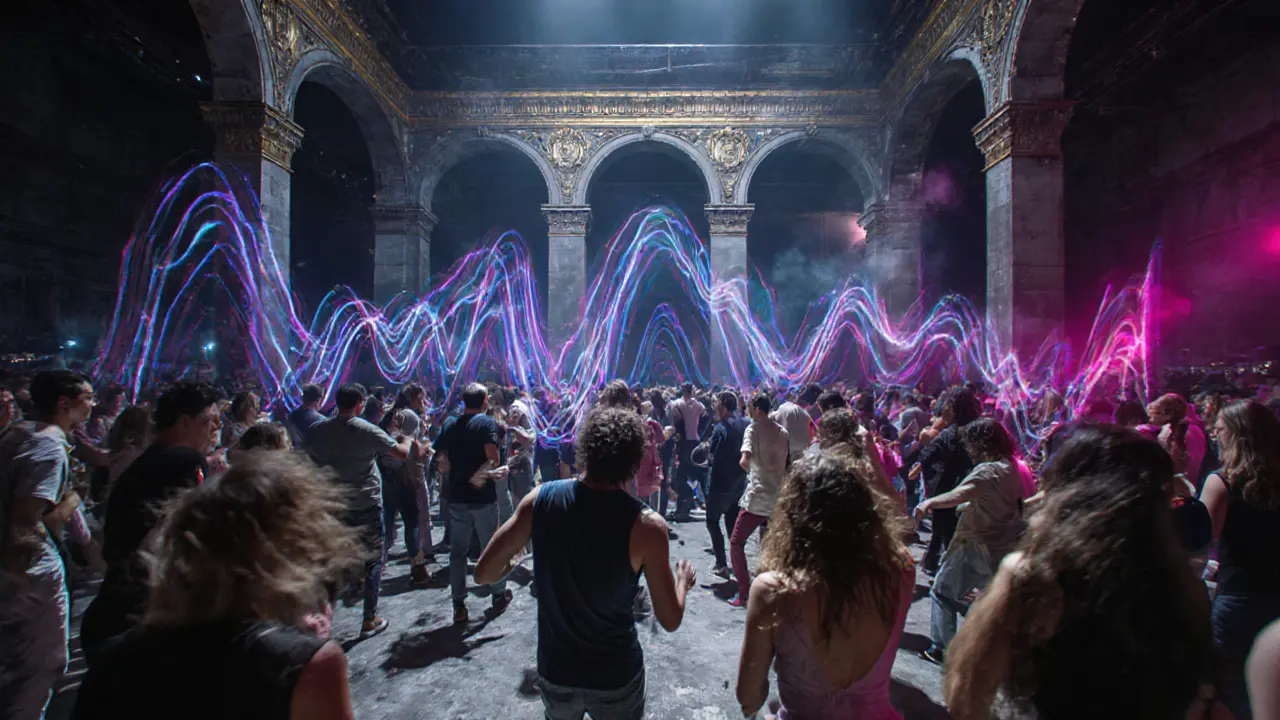
When to Go
Milan’s nightlife doesn’t start at 10 p.m. It starts at midnight. Most clubs don’t fill up until 1 a.m. Bars open at 7 p.m., but the real energy builds after 11 p.m. Friday and Saturday are packed. Wednesday and Thursday are quieter, but that’s when the locals go-and the music is better.
Weekends in summer (June-August) are insane. The city empties out. Many clubs close. So if you’re here then, focus on Navigli and the outdoor terraces. Winter (December-February) is when the real scene thrives. The cold pushes people indoors. The clubs are packed. The energy is electric.
How to Get Around
Milan’s metro runs until 1:30 a.m. on weekdays and 2:30 a.m. on weekends. After that, you’ll need a taxi or ride-share. Uber is reliable. Bolt is cheaper. Don’t rely on public transport after 3 a.m.-it’s gone.
Wear comfortable shoes. You’ll be walking between venues. And bring a light jacket. Even in summer, the clubs are freezing inside. The air conditioning runs full blast to keep the crowds from overheating.
Final Tip: Don’t Rush
The best nights in Milan aren’t about checking off clubs. They’re about letting the city guide you. Start in Navigli. Sip slowly. Talk to strangers. Let the music pull you. One bar leads to another. A friend says, "You’ve got to see this place." And suddenly, you’re dancing in a basement under a 200-year-old building with no idea what time it is.
That’s Milan nightlife. Not a list. Not a guide. A feeling.
What’s the best night to go out in Milan?
Friday and Saturday are the busiest, but Wednesday and Thursday nights are where the real locals go. The crowds are smaller, the music is more experimental, and the vibe is less performative. If you want to feel like you’re part of the scene, not just watching it, go midweek.
Do I need to dress up to get into Milan clubs?
It depends on the place. In Corso Como 10 or La Scala Club, you’ll need stylish clothes-no sneakers, no hoodies. In Magazzini Generali or La Zisa, jeans and a good shirt are fine. The rule of thumb: if it looks like you just got off work, you’re probably fine. If you look like you’re going to a wedding, you might stand out too much.
Is Milan nightlife safe for solo travelers?
Yes, absolutely. Milan is one of the safest major cities in Europe for nightlife. The streets are well-lit, police patrols are common, and most clubs have security staff who know the regulars. Just avoid isolated alleys after 3 a.m., don’t leave drinks unattended, and trust your gut. Most people are friendly and happy to help if you’re lost.
Are there any clubs that play Italian music?
Most clubs play international house, techno, or disco. But if you want Italian beats, check out La Zisa on Thursday nights-they often feature local DJs spinning Italian disco from the ’80s and ’90s. You’ll hear tracks from artists like Ricchi e Poveri or Gianna Nannini mixed with modern beats. It’s a unique blend you won’t find anywhere else.
How much should I budget for a night out in Milan?
For a full night, plan for €50-€100. That covers 2-3 aperitivos (€8-€12 each), one club entry (€10-€20), a couple of cocktails (€15-€22), and a late-night snack. If you’re hitting Corso Como 10 or ordering bottles, add another €50-€100. But you can have an amazing night for under €60 if you stick to Navigli and local spots.
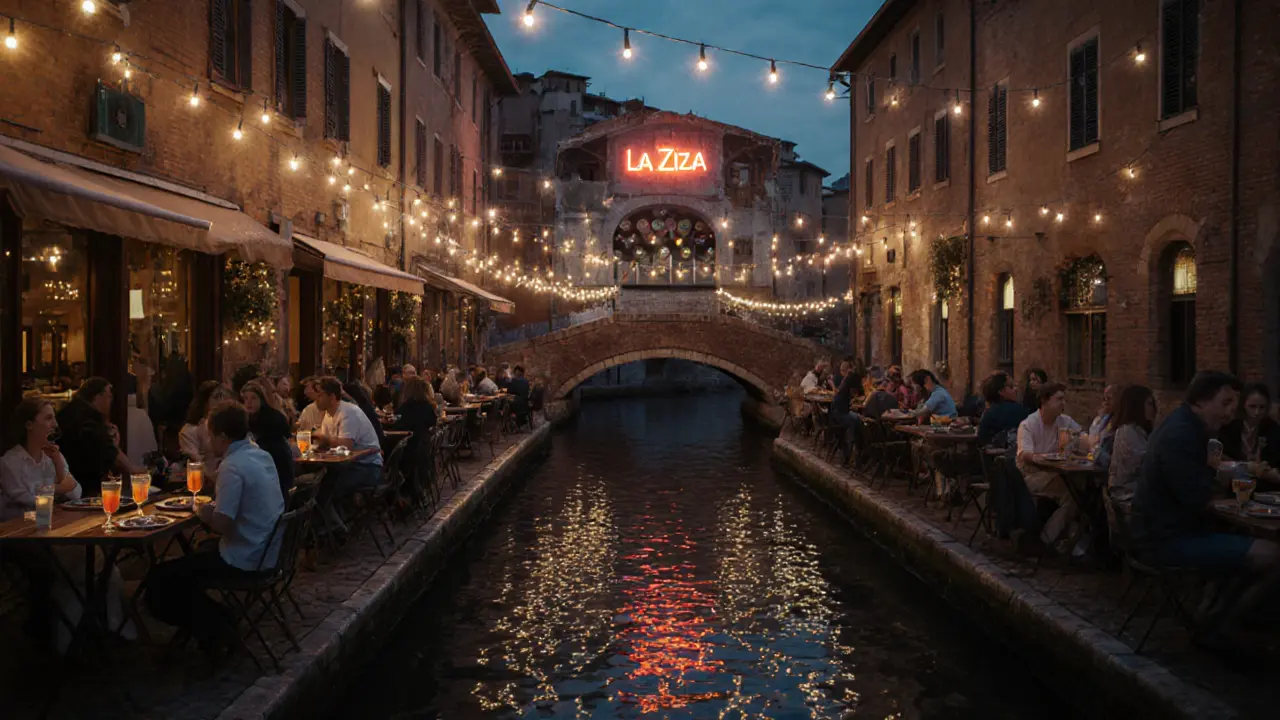
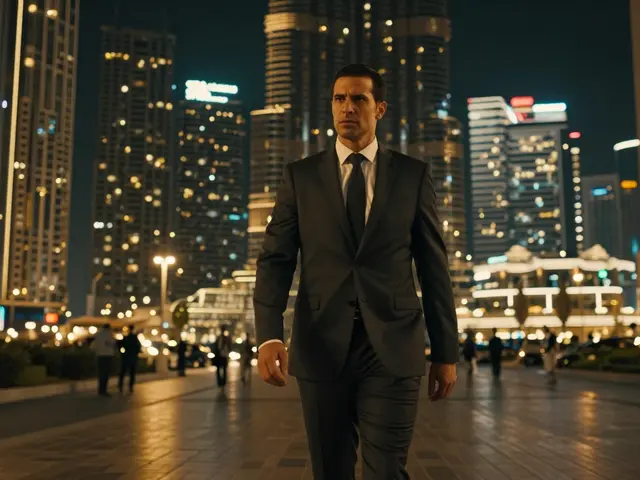
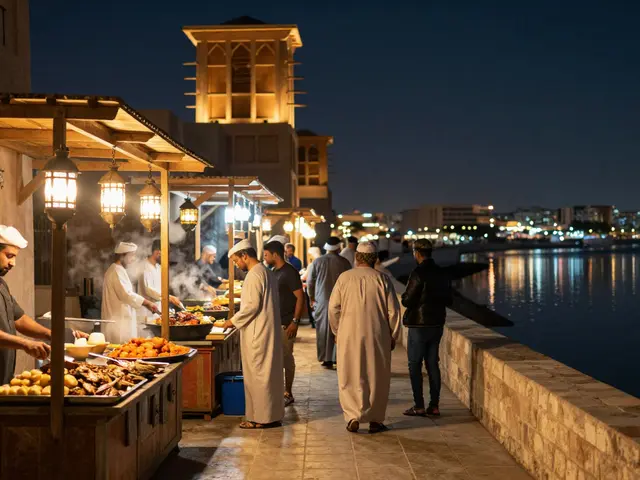

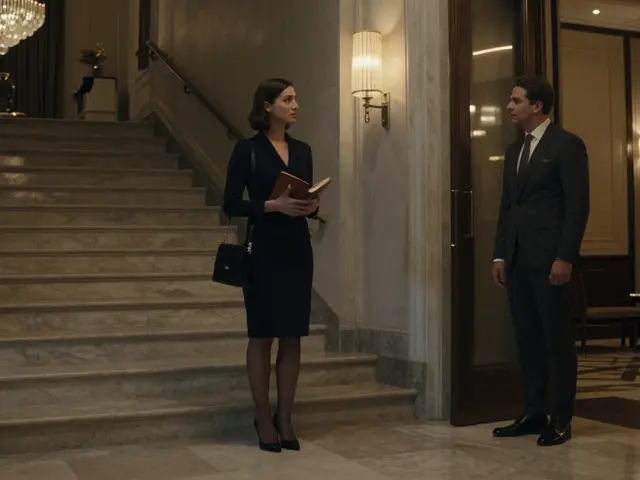
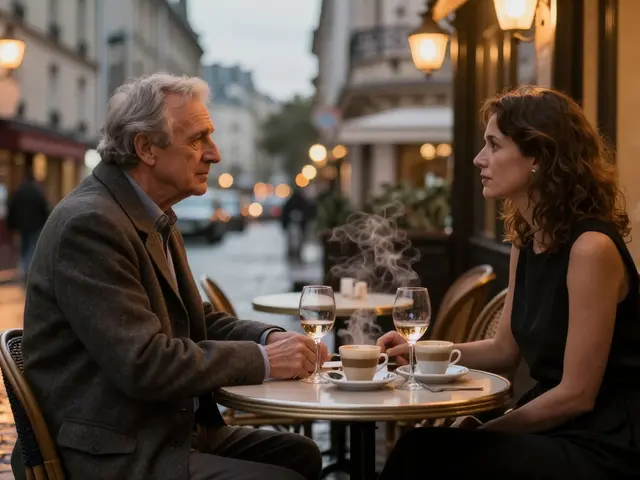

Write a comment